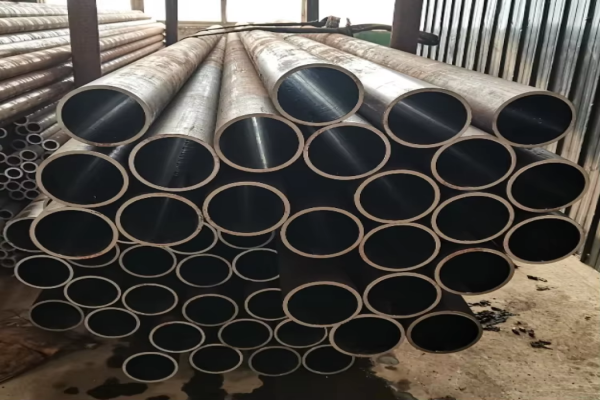Seamless steel pipes are widely used in many fields such as petroleum, chemical industry, electric power, machinery, etc. due to their high pressure resistance, corrosion resistance, and excellent mechanical properties. However, does a seamless steel pipe marked "compliant with the standard" necessarily mean that the quality is qualified? In fact, seamless steel pipes that meet industry standards only meet the standards in basic performance. To ensure their quality and performance in actual applications, other factors need to be paid attention to.
Overview of seamless steel pipe standards
The production standards of seamless steel pipes cover requirements in terms of chemical composition, mechanical properties, dimensional tolerances, surface quality, etc. Seamless steel pipes that meet the standards mean that the specified requirements have been met in these basic indicators, but this is only the basic quality assurance. To ensure that the steel pipe performs well in use, the following aspects need to be strictly controlled.
1. Production process control
The production process of seamless steel pipes includes multiple links such as raw material selection, heating, perforation, rolling, and heat treatment. The operating parameters of each link will affect the quality of the steel pipe. For example, even if the raw materials meet the standards, if the production process is not properly controlled, it may cause defects such as internal or external cracks and pitting in the steel pipe. Therefore, strict process control and a sound quality management system are very important.
2. Quality of raw materials
Seamless steel pipes mainly use steel billets or steel plates as raw materials, and the quality of raw materials has a direct impact on the final performance. If there are defects such as inclusions, pores or looseness in the raw materials, the performance of the steel pipe may still be affected even if the production process is well controlled. Therefore, high-quality raw materials are the basis for ensuring the performance of seamless steel pipes.
3. Requirements for steel pipes in the use environment
The use environment of seamless steel pipes has different performance requirements. For example, steel pipes for conveying high-pressure oil and gas need to have high strength and toughness; steel pipes used in low-temperature environments need to have good resistance to low-temperature brittleness. In addition, if the steel pipe is used in a corrosive environment, its corrosion resistance is particularly important. Therefore, when selecting seamless steel pipes, the needs of the actual use environment should be fully considered.
4. Steps for conformity assessment of seamless steel pipes
To ensure that seamless steel pipes meet the quality requirements of application needs, you can follow the following steps:
Check manufacturer information
Verify manufacturer information, select reputable and certified manufacturers, and ensure that they have a sound quality management system and comply with relevant standards.
Review documents
Request a material test report (MTR) for seamless steel pipes to check chemical composition, mechanical properties and other information to ensure compliance with required standards.
Material identification
Check the steel pipe markings to ensure that the markings (such as seamless steel pipes grade, seamless steel pipes size, furnace batch number, etc.) are consistent with the document information.
Visual inspection
Evaluate the surface quality of seamless steel pipes through visual inspection to find surface defects such as cracks and pitting to eliminate problems visible to the naked eye.
Dimension inspection
Use professional measuring tools to check the outer diameter, wall thickness, length and other dimensions of seamless steel pipes to ensure that they meet the allowable error range of the standard.
Perform non-destructive testing (NDT)
Non-destructive testing can detect subtle defects inside or on the surface of steel pipes. Commonly used ultrasonic or magnetic particle testing can help ensure quality.
Third-party inspection
Consider introducing third-party inspection to provide fair quality assurance, especially for high-demand seamless steel pipes.
Common standards and compliance inspections
Common standards for
seamless steel pipes include
ASTM, API, DIN, etc. Different standards have different requirements for performance, size and composition. Consulting specific standard specifications can ensure that the steel pipe meets the required application standards.
By following these steps and paying close attention to documentation, marking, visual inspection, and standards compliance, you can evaluate whether seamless steel pipe meets the specified standards for the intended application. If in doubt, consulting an industry expert or hiring a third-party inspection service can provide additional assurance.






 English
English Español
Español بالعربية
بالعربية











 Phone :
Phone :  Whatsapp :
Whatsapp :  Email :
Email : 


